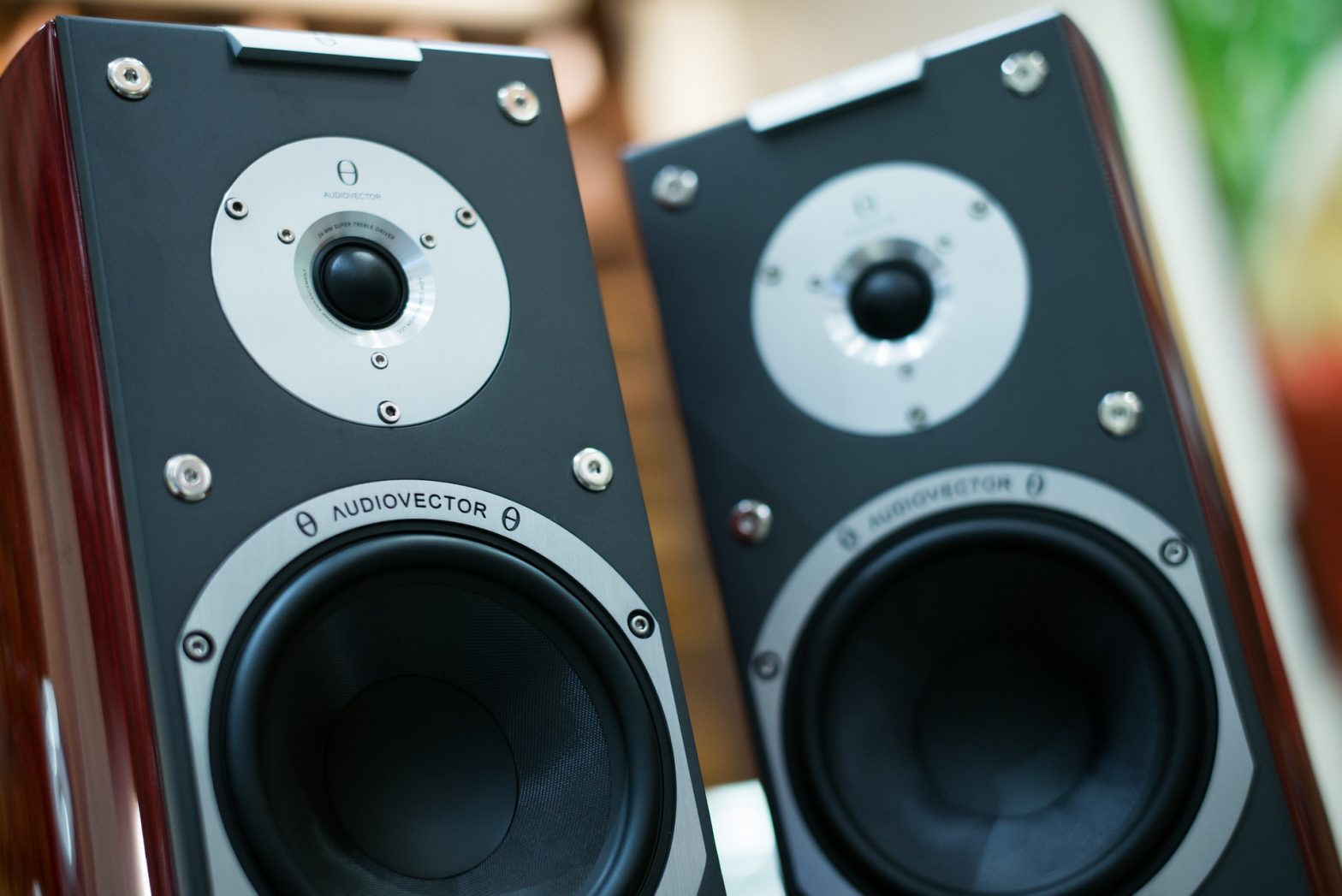The development of the speaker was largely driven by the technological advances that were made by audio amplifiers. The original audio systems did not have any electronic speakers, and so did not require any audio cables. With the development of electromagnetic speaker systems, the ability to transfer an electronic signal necessitated a wire, and speaker wire was developed for that purpose. Speaker wire is a simple cable type that was made out of stranded copper wire insulated with either cloth rape, rubber, or waxed paper. As any copper wire could be used to transmit a signal, it was common to use lamp wire.
In order to prevent the wire fraying, the ends of speaker wire are commonly soldered. The method of securing speaker wire in place h as changed a few times over the years, with the first methods requiring the user to screw the wire in place. Currently, there are two common methods for holding speaker wire in place, a screw junction that also accepts the banana plug jack, and a spring loaded socket that is easy to operate.
as changed a few times over the years, with the first methods requiring the user to screw the wire in place. Currently, there are two common methods for holding speaker wire in place, a screw junction that also accepts the banana plug jack, and a spring loaded socket that is easy to operate.
During the 1920s, the first 1/4 inch phone jacks were developed, although due to the increased cost of manufacture, they did not become the standard method for connecting speakers, even through to today. Speaker wire is available in many different types, including ‘high-end’, although there is little practical difference between any cheap copper wire and expensive audio cables. The most important practical consideration for speaker wire is to ensure that it is insulated against electromagnetic interference.
